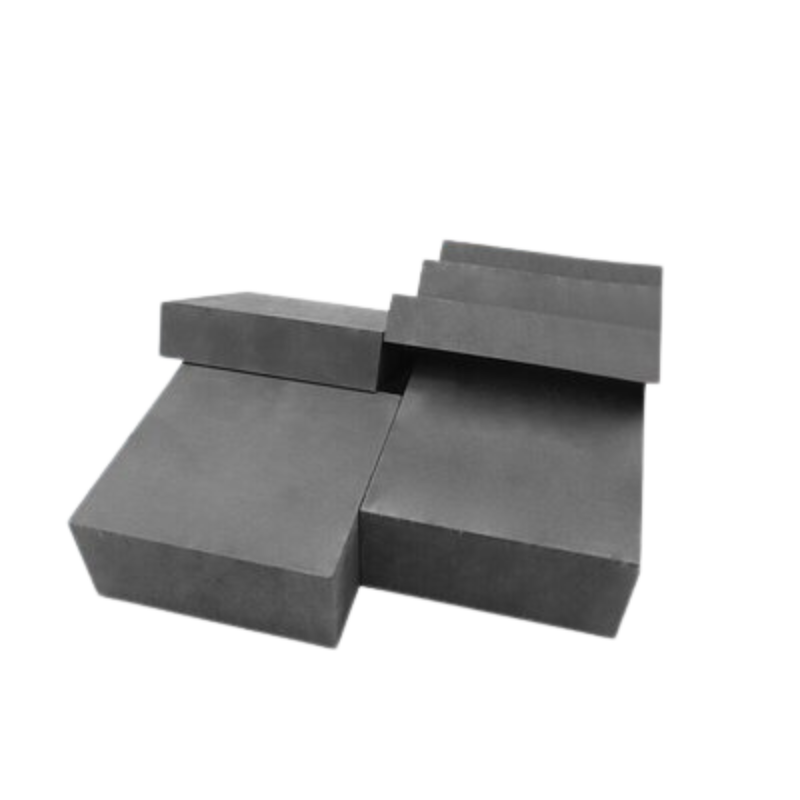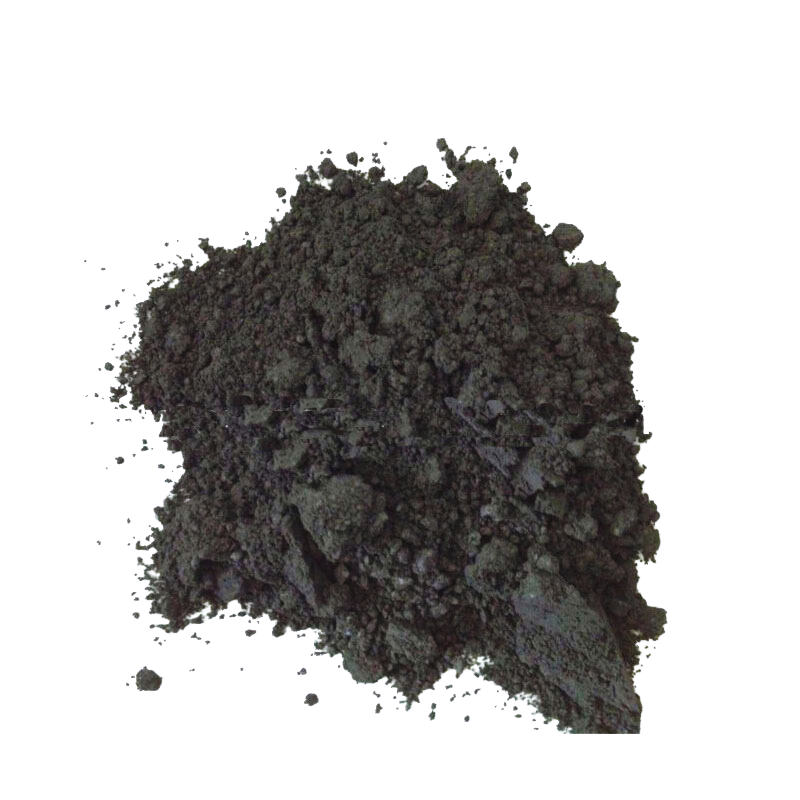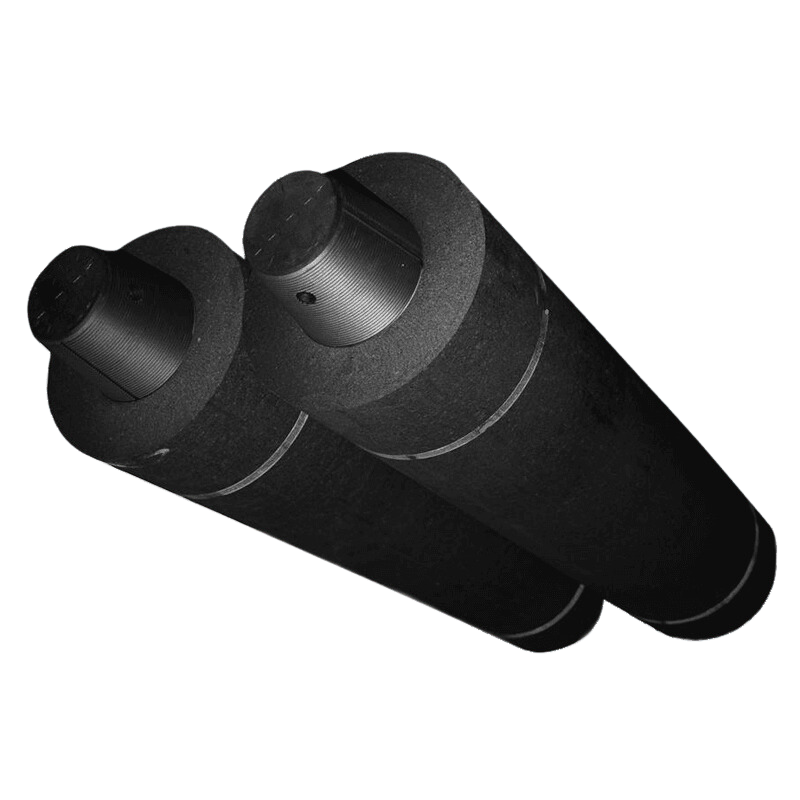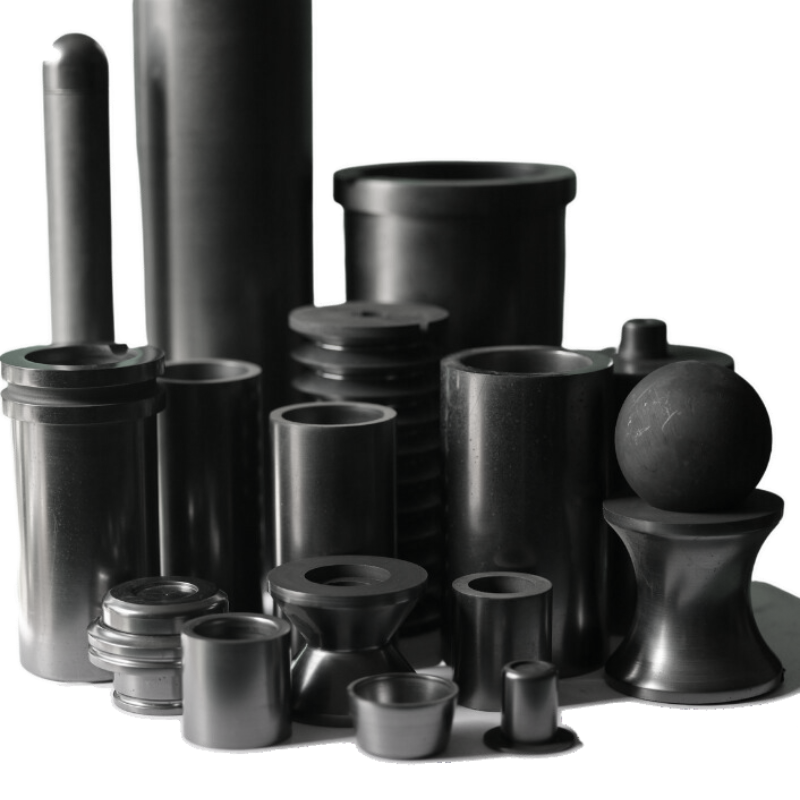Introduction
Graphite molds play a pivotal role in the fabrication of high-performance fiber-reinforced composites. These molds are essential components in the manufacturing process, offering precision, durability, and versatility. In this article, we will delve into the intricacies of graphite molds for fiber-reinforced composites, exploring their significance, advantages, and applications in various industries.
Understanding Graphite Molds
Graphite molds are widely acclaimed for their exceptional thermal stability, low coefficient of thermal expansion, and excellent machinability. These properties make graphite an ideal material for molding intricate shapes and intricate details, ensuring the production of high-quality fiber-reinforced composites. The use of graphite molds has become increasingly prevalent in industries such as aerospace, automotive, and sports equipment manufacturing.
Advantages of Graphite Molds in Composite Fabrication
1.Precision and Reproducibility: Graphite molds excel in maintaining dimensional accuracy during the composite curing process. Their ability to withstand high temperatures and provide uniform heat distribution ensures consistent part quality, leading to precise and reproducible results.
2.Thermal Stability: The exceptional thermal stability of graphite molds is crucial for applications involving high-temperature curing processes. This stability prevents warping or deformation of the mold, allowing for reliable and repeatable manufacturing cycles.
3.Low Coefficient of Thermal Expansion: Graphite’s low coefficient of thermal expansion minimizes the risk of thermal shock and distortion during the heating and cooling phases of composite fabrication. This property contributes to the overall stability of the molding process.
4.Durability: Graphite molds are renowned for their longevity, with the ability to withstand multiple curing cycles without compromising their structural integrity. This durability results in cost savings over time, making graphite molds a wise investment for high-volume production.
Applications of Graphite Molds in Fiber Reinforced Composites
1.Aerospace Industry: Graphite molds are widely utilized in the aerospace industry for manufacturing lightweight and high-strength composite components. These molds enable the production of complex shapes and intricate designs, contributing to the overall efficiency and performance of aircraft and spacecraft.
2.Automotive Sector: In the automotive sector, the demand for lightweight materials to enhance fuel efficiency has driven the use of fiber-reinforced composites. Graphite molds are instrumental in producing composite parts for car interiors, exteriors, and structural components, contributing to the industry’s ongoing efforts towards weight reduction.
3.Sports Equipment Manufacturing: The sports equipment industry benefits significantly from the versatility of graphite molds. From carbon fiber bicycle frames to high-performance tennis rackets, graphite molds enable the creation of durable and lightweight sporting goods that meet the rigorous standards of professional athletes.
4.Medical Devices: Graphite molds are also finding applications in the medical field for the production of composite materials used in orthopedic implants and medical devices. The ability to manufacture intricate and customized components makes graphite molds an invaluable tool in this sector.
Conclusion
Graphite molds stand as indispensable tools in the fabrication of fiber-reinforced composites, offering precision, durability, and versatility across various industries. As technology continues to advance, the demand for high-performance materials in aerospace, automotive, sports, and medical applications will likely grow, further solidifying the crucial role of graphite molds in shaping the future of composite manufacturing. By understanding the advantages and applications of graphite molds, manufacturers can unlock new possibilities for innovation and efficiency in the production of advanced composite materials.





